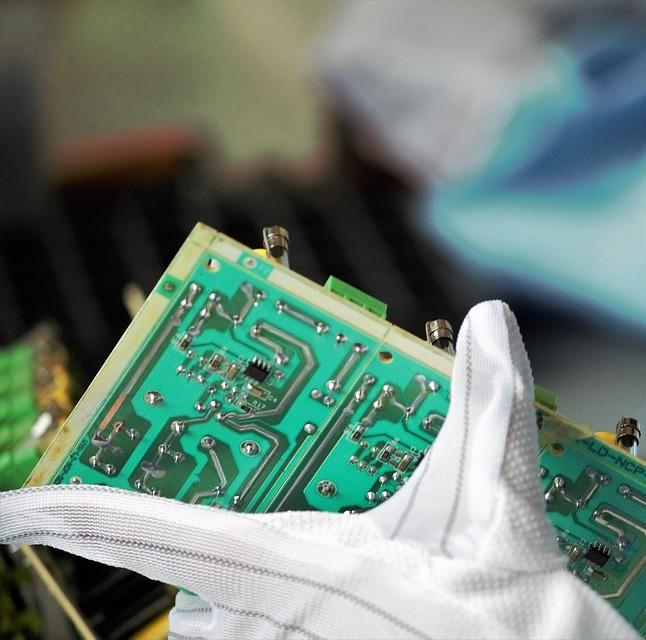Recycling your old computer is an easy and environmentally-responsible way to dispose of an electronic product that does nothing more than take up space in your home or office. We aim to do our part in the process of computer recycling in Mississauga by collecting your used computers and ensuring their parts are reincorporated into electronics manufacturing. To give you an idea of what happens to your old computers once they are in our hands, we’re breaking down the steps of the recycling process.
Here are the four steps to computer recycling:
Step 1. Dismantling of computers
The first step of computer recycling in Mississauga is to dismantle computers into their parts. The parts that we end up with include motherboards, central processing units, hard drives, CD drives, screens and casings. The dismantling process can be performed either manually or through mechanical means.
Step 2. Sorting of dismantled parts
The dismantled parts are then sorted into groups for processing. Reusable parts that are still in working condition are separated from parts that will be further processed. Fully functioning computers are refurbished and have their memory wiped before being resold, and functional parts are sold to computer manufacturers. Cathode ray tubes (CRT) require special consideration as they are composed of hazardous materials such as lead, cadmium and mercury; they are separated from other parts and handled with caution.
Step 3. Data is wiped
Data-containing computer parts should always be destroyed to protect the previous owner’s privacy. Hard drives and processors are shredded or crushed to ensure that any data they contain is not recoverable. These parts can then undergo further processing.
Step 4. Transforming parts into raw materials
This is where parts are fully “recycled” in that they are broken down into the most basic materials to be used in new electronic products. These parts are met with an industrial-strength shredder, sorted into different groups of materials and processed again. The sorting and processing continues until what is left is materials that can be sorted into basic categories, such as plastics, precious metals and aluminum alloys. At this point, one computer part could have pieces that were sorted into multiple groups. A CD drive, for example, consists of steel, copper and aluminum, among other materials.
The valuable materials that are produced through computer recycling in Mississauga are used to manufacture new electronics. In our case, someone’s trash really does become someone else’s treasure! If you’re not convinced that it’s in your best interest to recycle your computer parts, check out our blog about the benefits of recycling used circuit boards.
At Alnor Industries, we can handle all of your electronics recycling needs. Whether you’re an individual looking to recycle a circuit board or you’re looking for a simple disposal solution for an entire company’s electronic waste, we can accommodate you! For added convenience, you can schedule a pick-up of your used electronics. Here’s a list of all of the electronics we can recycle for you. Contact us if you need assistance with computer recycling in Mississauga!



